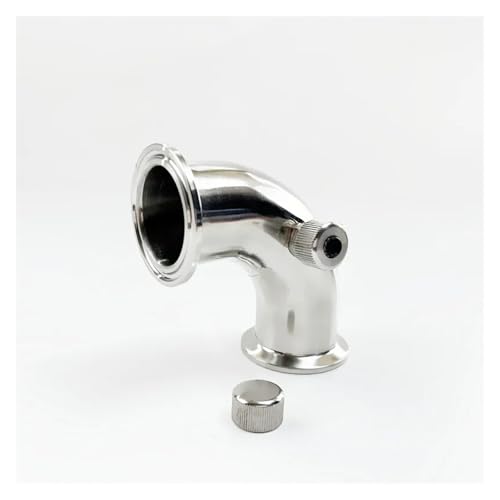Hi guys, after my 15l brew of pale ale went tits-up in the FV, I have begun wondering about the different stages of fermentation. Specifically, when does primary fermentation end and secondary begin?
I noticed that when I added the yeast (Munich) to the wort, it gave a pleasant, foamy head which lasted for approximately 2-3 days before it disappeared and a sediment formed on the bottom. Is this the point at which secondary fermentation starts? If so, is this accomplished anaerobically and can the wort be transferred to a different FV for this part?
Thanks for helping to clear up some confusion.
I noticed that when I added the yeast (Munich) to the wort, it gave a pleasant, foamy head which lasted for approximately 2-3 days before it disappeared and a sediment formed on the bottom. Is this the point at which secondary fermentation starts? If so, is this accomplished anaerobically and can the wort be transferred to a different FV for this part?
Thanks for helping to clear up some confusion.







































![BREWING THERMOMETER STICKERS ACCURATELY MONITOR FERMENTING BEER & WINE LIQUID TEMPERATURES 5PCS HOME BREW SPIRITS WINE LCD ADHESIVE [US]](https://m.media-amazon.com/images/I/311DDjo2X3L._SL500_.jpg)
